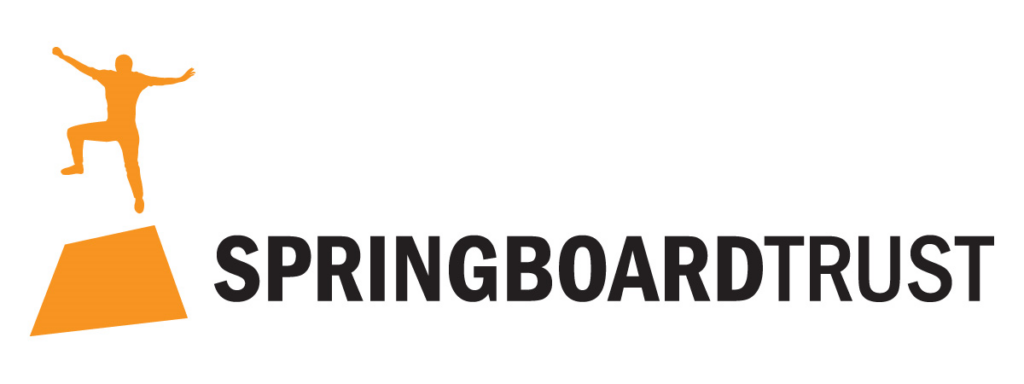There are many ways of looking at wellbeing. Some people have their own personally defined model that makes up their health, while others utilise models stemming from their own culture or upbringing – for example, the Fonofale model.
For Mental Health Awareness Week, the Mental Health Foundation of New Zealand has built a framework around Te Whare Tapa Whā – a Māori model designed by Sir Mason Durie. But how does it work, and differ from other models?
A wharenui for your health and wellbeing
Te Whare Tapa Whā envisages wellbeing as a wharenui, or home. It has four key elements:
- Taha tinana, or physical health
- Taha wairua, or spiritual health
- Taha whānau, or family health
- Taha hinengaro, or mental health
Each part of the wharenui is given equal weighting – should any of the above four elements be impaired or missing, overall wellbeing will be negatively impacted.
This has much in common with Fonofale, particularly the positioning of wellbeing as a home comprising multiple elements beyond the physical and mental cornerstones that, for many, are the primary indicators of wellbeing.
But by incorporating taha whānau and taha wairua, Te Whare Tapa Whā takes a Māori-specific approach to wellbeing that can help both individuals and practitioners identify and address core challenges or successes in the realm of hauora / health.

Te Whare Tapa Whā – a brief overview
Taha tinana is physical health – the kind of wellbeing or health that many will envisage when first considering the concept.
Taha hinengaro, mental health, encompasses your feelings and thoughts – how we view each other and ourselves and keep our minds alert, present and refreshed.
Taha wairua, spiritual health, focuses on your faith or belief systems. This does not have to be strictly tied to religion, even though it may be for many people. It is your life force and energy and, as the MoH points out, traditional Māori analysis of physical health will incorporate an understanding of your spiritual wellbeing.
Finally, taha whānau – your family health. This doesn’t focus solely on your relatives, but the people around you, those who came before you, and who will be here after you. It’s your support system of people, and a fundamental element of wellbeing across all cultures.
It’s worth noting as well that MHAW has included some more ways to connect with your wellbeing, including whenua, our connection to the land and environment that surrounds us. This has a strong parallel with Fonofale’s model, which includes environment as a surrounding factor (along with time and context) that shape our wellbeing.
This is just a brief summary of Te Whare Tapa Whā – but hopefully with this overview, you can frame how you think about your own wellbeing in a new light, this week and beyond. It also has much wider applications, including for community groups and smoking cessation!
Consider how Te Whare Tapa Whā can influence and change the way you connect with the world around you – have you paid attention to all the elements of the wharenui?









